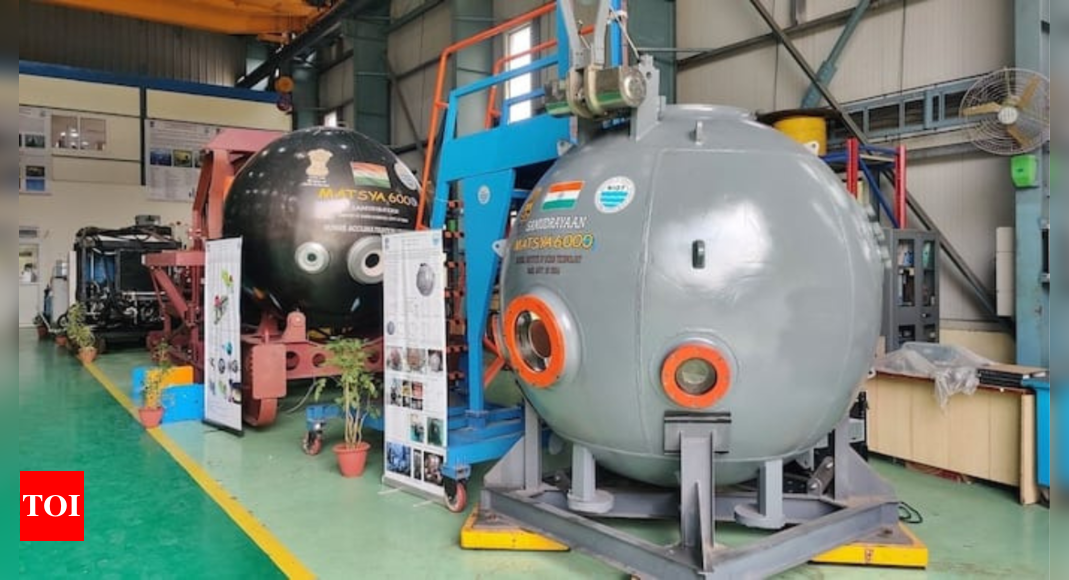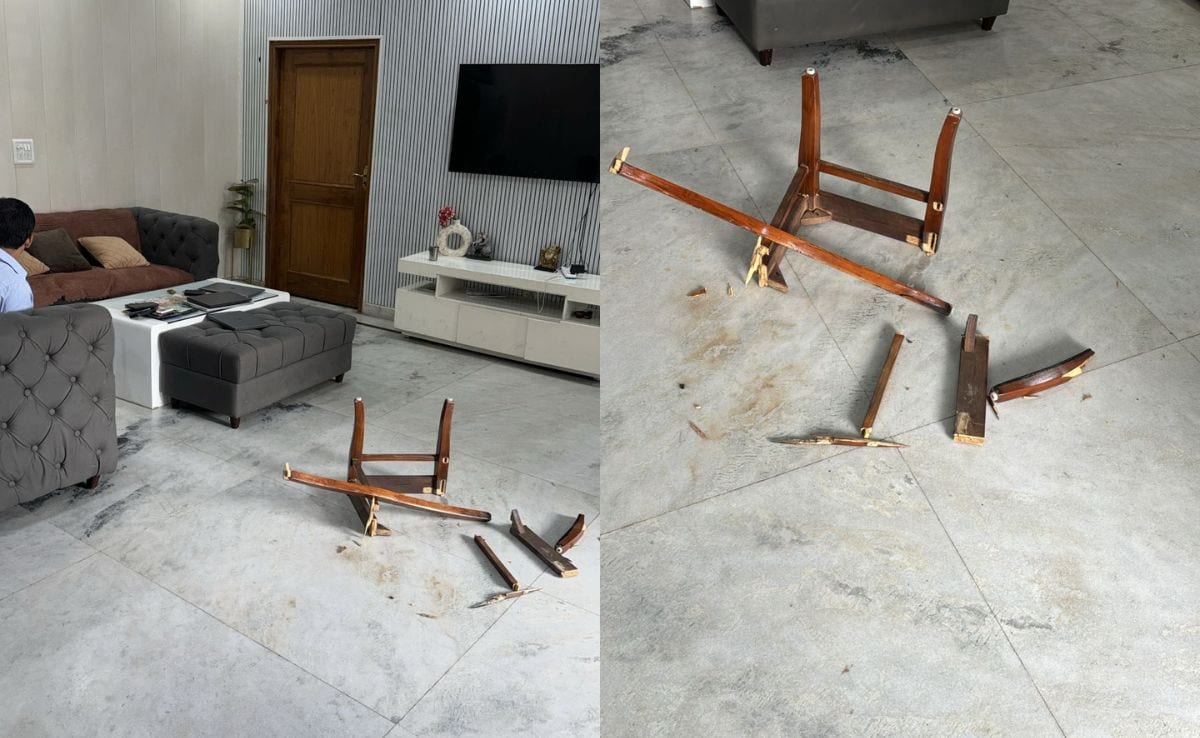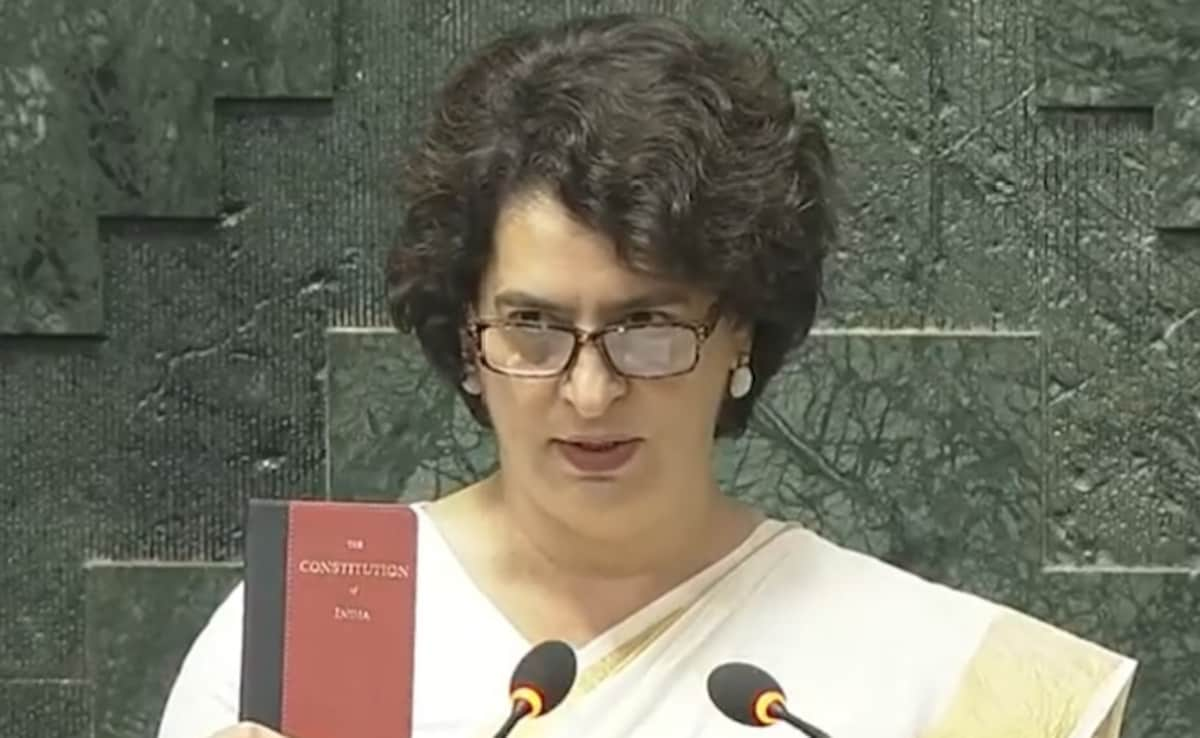
NEW DELHI: To take a giant step towards the launch of the country’s ambitious Samudrayaan mission in 2026 to explore the depths of the ocean, the Union government is set to undertake the maiden wet test of the manned ocean mission in the last week of October. The test will be conducted in the Chennai harbour at a depth of 15 meters.
The wet test will evaluate the performance of Matsya-6000 in real underwater conditions.After the wet test, a shallow water test is planned in 2025 and the final unmanned deep sea tests in 2026.
The Ministry of Earth Sciences (MoES) and the National Institute of Ocean Technology (NIOT) have recently announced the successful integration of the submersible. “All components of the Matsya-6000 have been integrated and fixed,” a senior ministry official said.
The wet test will be a significant step in the launch of Matsya-6000, a three-crew deep-submergence vehicle that is designed to dive to depths of 6,000 meters below sea level and intended to be utilised for deep-sea exploration of rare minerals under the Samudrayaan mission.
The crew for this groundbreaking mission will consist of three members, one of whom is likely to be a retired Navy submariner. The screening process is being conducted by the Institute of Naval Medicine (INM). Once picked, the crew will undergo a rigorous training module at the INM for two weeks, followed by specialised training in the Matsya-6000 cockpit to familiarise themselves with its design and technology.
The Deep Ocean Mission was approved in 2021 by the Union Cabinet with the overall estimated cost of Rs 4,077 crore for two phases of the mission period during 2021-2026. The deep-diving submersible would be equipped with cutting-edge technologies, including advanced life support systems, navigation equipment, robotic arms for sample collection and high-resolution imaging systems.
Science and technology minister Jitendra Singh had earlier said that apart from the scientific research and technological empowerment as the benefits, the mission has immediate spin-offs in the form of underwater engineering innovations in asset inspection, tourism and promotion of ocean literacy. “Manned submersible facilitates the direct observation by the human in deep ocean in exploring mineral resources rich in nickel, cobalt, rare earths, manganese etc. and collection of samples, which can be used for analysis,” he said.







